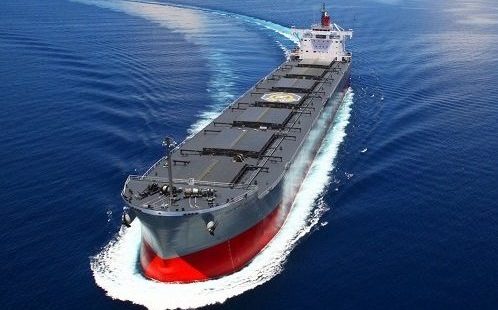Creeping inflation brings inflection point to ship operating costs

Average vessel operating costs rose modestly for the second year in succession following two years of marked declines, but cost inflation is set to accelerate on higher insurance premiums, according to the latest Ship Operating Costs Annual Review and Forecast 2018/19 report published by shipping consultancy Drewry.
Typical ship operating costs accelerated moderately in 2018 as the uncertain recovery in freight markets across most cargo sectors gained momentum.
Drewry estimates that average daily operating cost across the 46 different ship types and sizes covered in the report rose 1.1% in 2018, succeeding the previous year’s rise of 0.7%. This followed a period in which opex spending contracted over two consecutive years by almost 9% in 2015-16.
Cost inflation was broad-based across all cost heads. Indeed, the year marked the first time in a decade that expenditure rose across all five main opex cost heads, marking an inflection point for the future direction of ship operating costs.
Earlier years witnessed sharp reductions in opex as the depressed state of shipping markets forced operators to slash costs as a means for survival. But as freight markets started to recover in 2017 so the pressure to reduce expenditure lifted.
“This trend continued into 2018, with a modest acceleration in cost inflation,” said Drewry’s director of research products Martin Dixon. “Manning costs rose having previously stagnated, while insurance spend increased for the first time in six years on recovering asset values and insurance market hardening. Similarly, expenditure on stores and spares rose as earlier cost cutting opportunities waned, and repair and maintenance costs climbed as regular spend resumed on recovering freight markets.”
The rise in costs was broad-based across all the main cargo carrying sectors with every segment experiencing some cost inflation. The latest assessments include vessels in the container, chemical, dry bulk, oil tanker, LNG, LPG, general cargo, roro and reefer sectors, as well as the recently introduced car carriers segment.
Drewry predicts continued overcapacity in certain sectors and an uncertain trade outlook will make market conditions challenging for most shipowners over the coming years, with the consultancy warning the pressure on costs will continue. This will be particularly so in areas of the budget where operators have greatest control, such as manning, stores, spares, repairs and maintenance and management and administration. But other cost elements influenced by wider market factors will prove harder to control, such as insurance, where Drewry expects spending to rise as the marine insurance market hardens.
“Financial losses can only be sustained for so long and given higher claims in related sectors as well as the withdrawal of some insurance providers from the maritime space, it is clear that a market correction is underway which will lead to higher premiums, particularly over the near-term,” concluded Dixon.
However, given the more benign outlook for the remaining cost heads, overall vessel operating costs are expected to rise below the level of general price inflation over the next few years and so represent cost stagnation in real terms.
